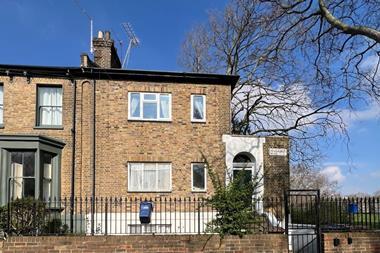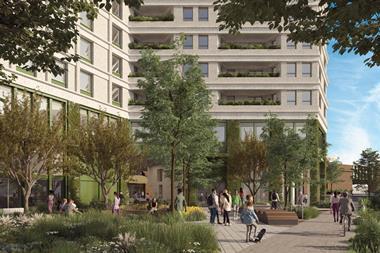Over the last decade, business improvement districts (BIDs) have emerged as influential catalysts of community-driven initiatives, promoting local businesses’ capacity to elevate and improve their surroundings.

In today’s context, the focus on well-maintained, secure and efficiently managed districts is more apparent than ever. This November, a pivotal vote will determine the future of St James’s, as Heart of London Business Alliance (HOLBA) presents a £17m investment plan to help preserve the district’s distinct identity and unique character, drive prosperity and garner pride in the community.
St James’s is a unique treasure nestled in the heart of London’s West End, playing a critical role in London’s global prominence. It draws a diverse community of residents, tourists and investors, embodying the city’s rich cultural heritage and economic significance.
While the area boasts remarkable strengths, it also faces its own unique challenges. Historic buildings in the area need to be preserved while being modernised with improved energy efficiency and suitable business spaces. Additionally, the district faces rising operational costs, sole reliance on statutory services and challenges connecting to the power grid and the growing demand on an already stretched power infrastructure. A BID offers the opportunity to address these issues to ensure the future prosperity of St James’s alongside its neighbours.
Following the conclusion of November’s vote, HOLBA’s proposition, if successful, is to represent the St James’s business community, investing £17m directly into the area with an ambitious plan prepared in direct response to the wider community’s shared priorities.
BIDs are more than just superficial entities; they strategically infuse districts with vitality and a positive image, with the aim of increasing visitor traffic and, consequently, strengthening the local economy. Across London, BIDs cover a diverse array of districts and boroughs, each tailored to meet the unique needs and objectives of local businesses and communities.
In urban districts like St James’s, BIDs play an increasingly vital role in preserving their unique character and ensuring that they remain thriving hubs. For London, culture and heritage aren’t just elements of its identity; they are the essence of its success.
The true influence and value of a BID lies in its ability to provide a strategic framework for businesses, convene the local community and stakeholders behind a shared vision and generate an enhanced revenue stream that serves the entire area, underpinning the delivery of essential services.
Successful collaboration with local councils is pivotal. Over the past year, close collaboration between local BIDs and Westminster City Council has been illustrated by joint endeavours such as the Voids Activation Pop-up Project: a pop-up project to rapidly address the impact that vacant units have on visitors’ perception of a place, with the primary objective to showcase the area’s rich cultural offerings in a captivating and dynamic manner, fostering increased interaction within these activated spaces.
BIDs across London have generated significant savings for local businesses and notable contributions to the culture sector. For example, HOLBA has not only saved West End businesses more than £1bn in business rates, but also contributed to securing a £1.75bn recovery package for the culture sector.
That’s why the St James’s BID proposal has been meticulously crafted to align with the core priorities of the local community, with the primary objective of breathing new life into the district and attracting essential investment.
At HOLBA, our aim is to address local challenges, drive prosperity and foster community pride to ensure that the historic St James’s district continues to shine as a jewel in London’s crown.
Ros Morgan is chief executive of Heart of London Business Alliance





























No comments yet